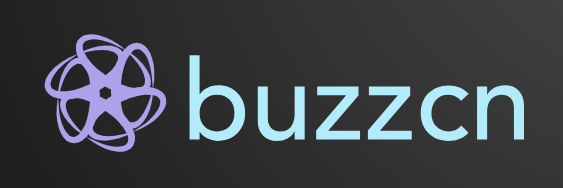The Rise of DeFi: How Decentralized Finance is Changing Traditional Banking
The Rise of DeFi: How Decentralized Finance is Changing Traditional Banking
In recent years, the financial landscape has undergone a seismic shift, largely propelled by the emergence of Decentralized Finance (DeFi). This revolutionary movement leverages blockchain technology to create an open, permissionless financial system, challenging the foundations of traditional banking. As DeFi continues to gain momentum, it’s essential to understand its impact on the conventional banking sector and how it is transforming our financial futures.
What is DeFi?
Decentralized Finance, or DeFi, refers to a collective of financial applications in cryptocurrency or blockchain geared toward disrupting financial intermediaries. Unlike traditional banks and financial institutions, which rely on a centralized authority to manage transactions and enforce rules, DeFi operates on smart contracts—self-executing contracts with the terms of the agreement directly written into code. This technology allows users to lend, borrow, trade, and earn interest on their assets without the need for a middleman.
The Key Features of DeFi
-
Accessibility: DeFi platforms are typically open to anyone with an internet connection, eliminating the barriers often presented by traditional financial systems, such as credit checks or bank approvals. This democratizes access to financial services, allowing underserved populations to participate.
-
Transparency: Transactions within DeFi systems are recorded on public blockchains, providing an unparalleled level of transparency. Users can track where their money goes, ensuring trust in the process, which is often absent in traditional banking.
-
Interoperability: DeFi applications can easily communicate with one another through smart contracts. This means that users can move assets across various platforms seamlessly, thereby enhancing their financial strategies through diversified offerings.
- Programmability: The use of smart contracts allows for more complex financial instruments and customizable solutions that can adapt to individual user needs—all without intermediaries. This programmability opens up endless possibilities for innovation.
The Transformation of Traditional Banking
1. Increased Competition: As DeFi platforms continue to proliferate, traditional banks are feeling the heat. The convenience and lower costs associated with DeFi products attract customers who might otherwise rely on banks for loans, savings, and transactions. This competitive pressure is prompting banks to innovate and potentially adopt blockchain technologies themselves.
2. Cost Efficiency: DeFi significantly reduces transaction fees compared to traditional banking services. By cutting out intermediaries, users can transact with fewer costs. Banks might be forced to reconsider their fee structures to retain customers opting for blockchain-based solutions.
3. Radical Financial Inclusion: DeFi has the potential to provide financial services to the unbanked and underbanked populations across the globe. With no requirement for formal identification or a physical bank branch, users in developing countries can quickly access essential financial services.
4. Shift in Trust Dynamics: In traditional banking, trust is placed in institutions. In the DeFi ecosystem, trust is decentralized—it resides in code and the transparency of blockchain technology. This shift changes the relationship individuals have with their finances, promoting a more empowered user base.
The Challenges Ahead
Despite the seemingly utopian vision of DeFi, it is not without challenges. Security risks, regulatory hurdles, and the potential for smart contract bugs can deter users. Additionally, the volatility of cryptocurrencies poses risks that traditional banks have typically mitigated. Regulatory clarity is crucial for both the stability of the market and the protection of consumers.
Conclusion
The rise of DeFi is undoubtedly reshaping the financial sector, posing both challenges and opportunities for traditional banking. As the paradigm shifts toward a more decentralized future, it will be fascinating to observe how legacy financial institutions adapt to this transformative environment. Whether through collaboration or competition, the relationship between DeFi and traditional banking could redefine finance in the 21st century.
SEO Tags: DeFi, Decentralized Finance, Blockchain Technology, Traditional Banking, Financial Inclusion, Smart Contracts, Cryptocurrency, Financial Services, Decentralization, Financial Technology
